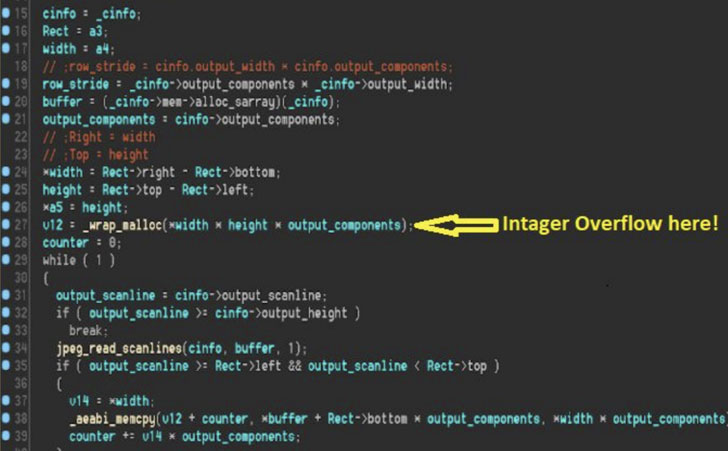Major Bug in Instagram App – Hackers Could’ve Remotely Accessed Your Phone
The Check Point researchers disclosed details about a critical vulnerability in Instagram’s Android app that could have allowed remote attackers to take control over a targeted device just by sending victims a specially crafted image.
The flaw not only lets attackers perform actions on behalf of the user within the Instagram app including spying on the victim’s private messages and even deleting or posting photos from their accounts, but also execute arbitrary code on the device.
The heap overflow security issue (called CVE-2020-1895, CVSS score: 7.8) impacts all versions of the Instagram app prior to 128.0.0.26.128, which was released on February 10 earlier this year.
What the flaw is and what it does?
This flaw turns the device into a tool for spying on targeted users without their knowledge, as well as enabling malicious manipulation of their Instagram profile.
In either case, the attack could lead to a massive invasion of user’s privacy and could affect reputations or lead to security risks that are even more serious.
Although Facebook confirmed there were no signs that this bug was exploited globally, the development is another reminder of why it’s essential to keep apps up to date and be mindful of the permissions granted to them.
A Heap Overflow Vulnerability
According to Check Point, the memory corruption vulnerability allows for remote code execution that, given Instagram’s extensive permissions to access a user’s camera, contacts, GPS, photo library, and microphone, could be leveraged to perform any malicious action on the infected device.
As for the flaw itself, it stems from the way Instagram integrated MozJPEG (an open-source JPEG encoder library which aims to lower bandwidth and provide better compression for images uploaded to the service), resulting in an integer overflow when the vulnerable function in question (“read_jpg_copy_loop”) attempts to parse a malicious image with specially crafted dimensions.
In doing so, an adversary could gain control over the size of the memory allocated to the image, the length of the data to be overwritten, and lastly, the contents of the overflowed memory region, in turn giving the attacker the ability to corrupt specific locations in a heap and divert code execution.
Consequences of the vulnerability
The consequence of such a vulnerability is that all a bad actor needs to do is send a corrupted JPEG image to a victim via email or WhatsApp. Once the recipient saves the image to the device and launches Instagram, the exploitation takes place automatically, granting the attacker full control over the app.
Even worse, the exploit can be used to crash a user’s Instagram app and render it inaccessible unless it’s removed and reinstalled all over again on the device.
If anything, the vulnerability is indicative of how incorporating third-party libraries into apps and services can be a weak link for security if the integration is not done right.

Recommendations and Safety Tips:
- Update: Make sure you regularly update your mobile application and your mobile operating systems. Dozens of critical security patches are being shipped out in these updates every week, and each one can potentially have a severe impact on your privacy.
- Monitor permissions: Pay better attention to applications asking for permission. It’s effortless for app developers to ask the users for excessive permissions, and it’s also very easy for users to click ‘Allow’ without thinking twice.
- Think twice about approvals: Take a few seconds to think before you approve anything. Ask: “do I really want to give this application this kind of access, do I really need it?”



